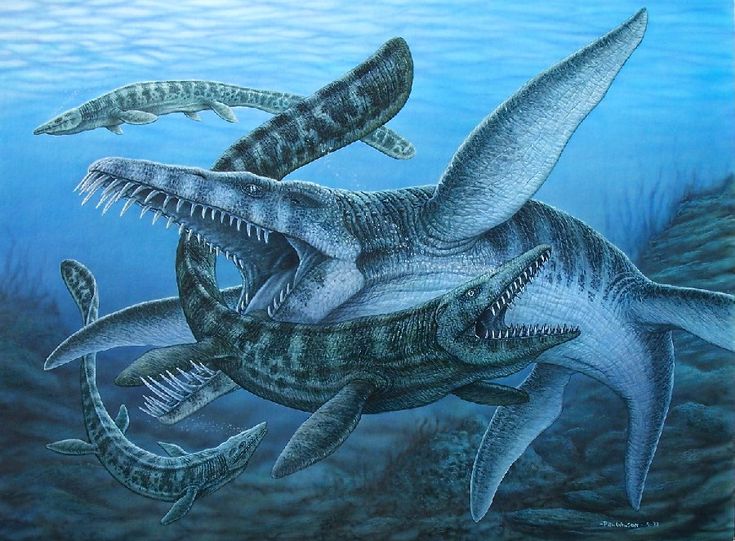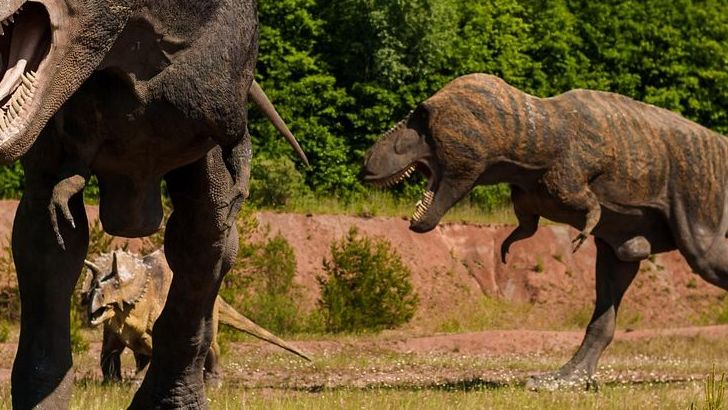Have you ever wondered what ruled the oceans while Tyrannosaurus rex dominated the land? Meet one of prehistory’s most feared marine predators. Picture a creature that combined the power of a modern great white shark with the size of a city bus, equipped with razor-sharp teeth and an unstoppable hunting drive.
wasn’t just another ancient reptile. This massive sea monster controlled the waters of our planet for millions of years during the Late Cretaceous period. From stunning fossil discoveries to groundbreaking research revealing original soft tissue preservation, these marine giants continue to amaze scientists today. Let’s dive in to discover what makes these ancient ocean rulers so extraordinary.
They Were Among the First Ancient Marine Reptiles Ever Discovered
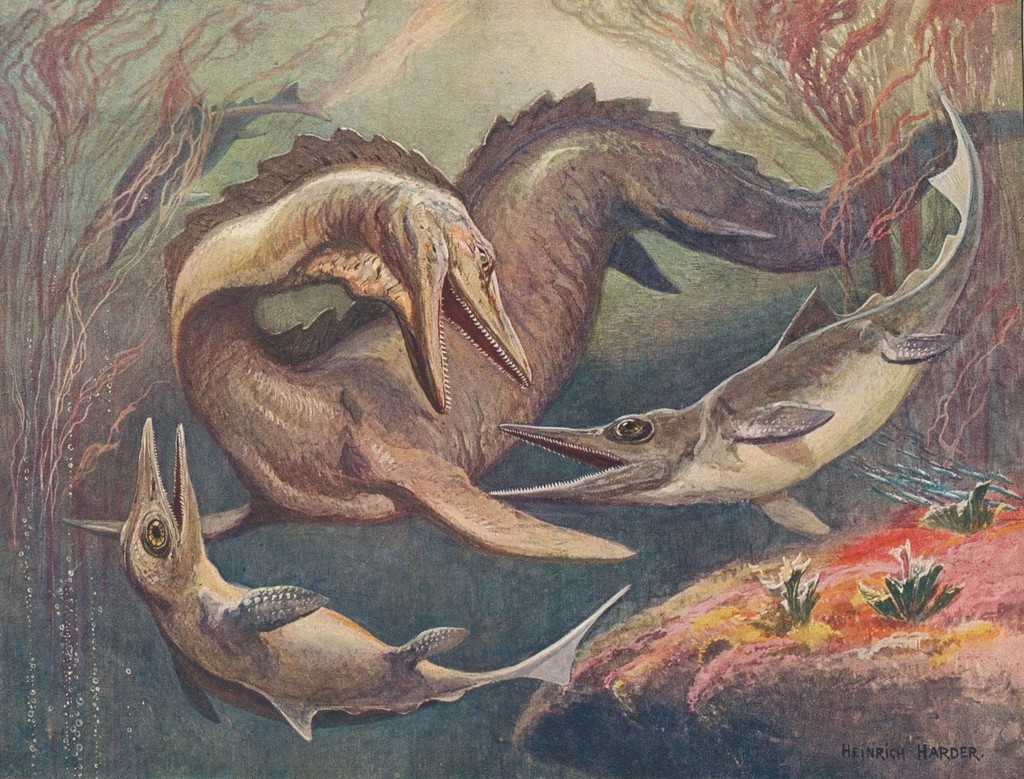
The story of Mosasaurus begins in the late 1700s, making it one of the earliest scientific discoveries that would revolutionize our understanding of prehistoric life. The first fossils of Mosasaurus were found as skulls in a chalk quarry near the Dutch city of Maastricht in the late 18th century, and were initially thought to be crocodiles or whales. One skull discovered around 1780 was famously nicknamed the “great animal of Maastricht”.
The discovery sparked intense scientific curiosity and debate. The original owner was Godding, a canon of Maastricht cathedral, but when French revolutionary forces occupied Maastricht in 1794, the carefully hidden fossil was uncovered after a reward of 600 bottles of wine. In 1808, naturalist Georges Cuvier concluded that it belonged to a giant marine lizard with similarities to monitor lizards but otherwise unlike any known living animal.
This concept was revolutionary at the time and helped support the then-developing ideas of extinction. The notion that entire species could vanish from Earth was groundbreaking thinking that challenged existing beliefs about the natural world.
These Ocean Giants Reached Absolutely Massive Sizes
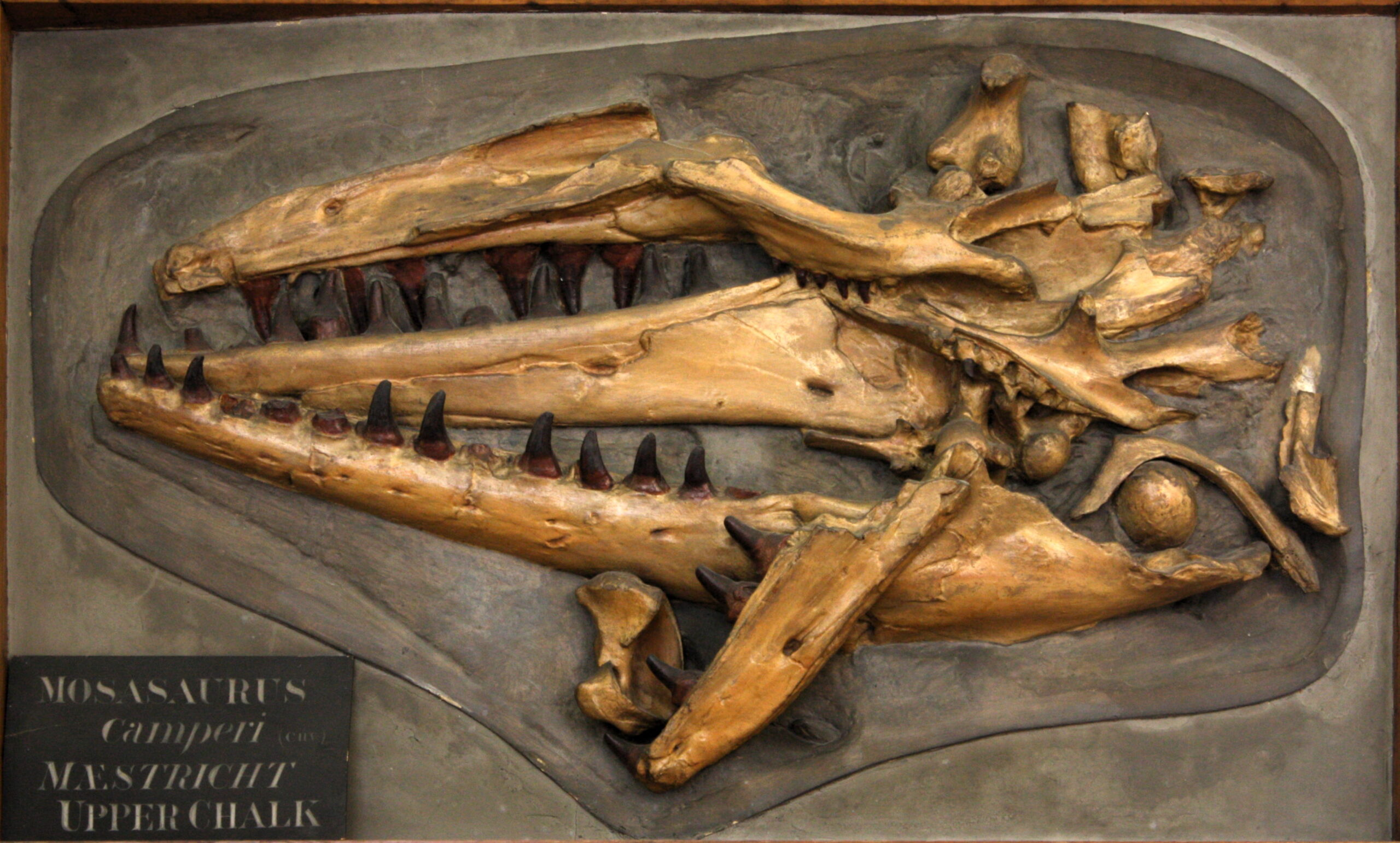
Mosasaurus hoffmannii was the apex predator of the Late Cretaceous oceans, reaching 11 metres (36 ft) in length and 3.8 metric tons (4.2 short tons) in body mass. However, recent studies suggest they may have grown even larger. The largest, Mosasaurus hoffmani, measured 12 metres long – about double that of the largest great white sharks today, but some estimates suggest that it could have reached up to 19 metres.
To put this incredible size into perspective, imagine an animal longer than a school bus swimming through ancient seas. Mosasaurus could reach 50 feet long and is estimated to have weighed 15 tons. Their massive skulls alone could stretch over six feet in length, housing rows of sharp, cone-shaped teeth designed for grabbing and crushing prey.
Scientists have identified dozens of species ranging in size from a bottlenose dolphin to a Greyhound bus. This remarkable diversity shows how successfully these marine reptiles adapted to different ecological niches throughout the world’s oceans.
They Had Shark-Like Swimming Abilities Despite Being Lizards
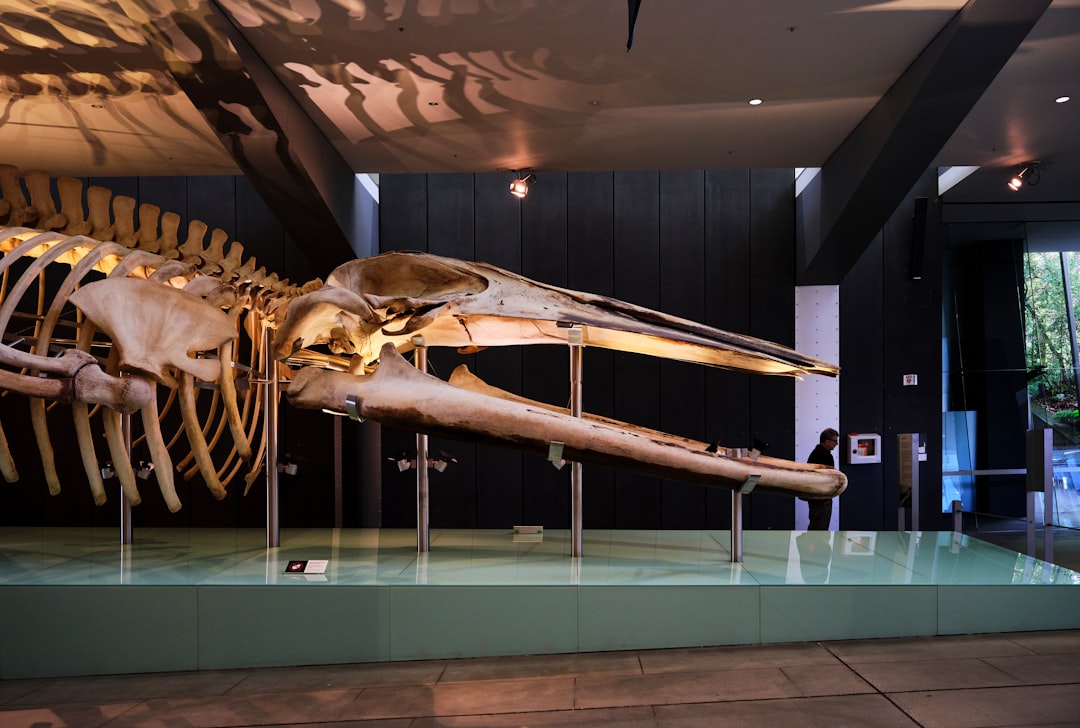
Mosasaurs had a body shape similar to that of modern-day monitor lizards (varanids), but were more elongated and streamlined for swimming, their limb bones were reduced in length and their paddles were formed by webbing between their long finger and toe bones, and their tails were broad and laterally compressed, terminating in a fluke-like structure that served as the primary source of propulsion.
Recent discoveries about their skin have revealed fascinating details about their swimming mechanics. In the fossilized skin samples, researchers can see not only the animal’s scales, but also imprints of the protein fibers that made up its skin, and they saw that these fibers often crisscrossed, suggesting that at least this front half of the mosasaur’s body was stiff, and rather than slithering through the water like today’s water snakes, this tough, taut skin indicates that the mosasaur used its tail to propel itself forward.
As such, the animal would’ve moved more like modern sharks and whales than snakes. This discovery completely overturned previous assumptions about how these ancient predators moved through the water.
They Were Fearsome Apex Predators With Incredible Hunting Skills
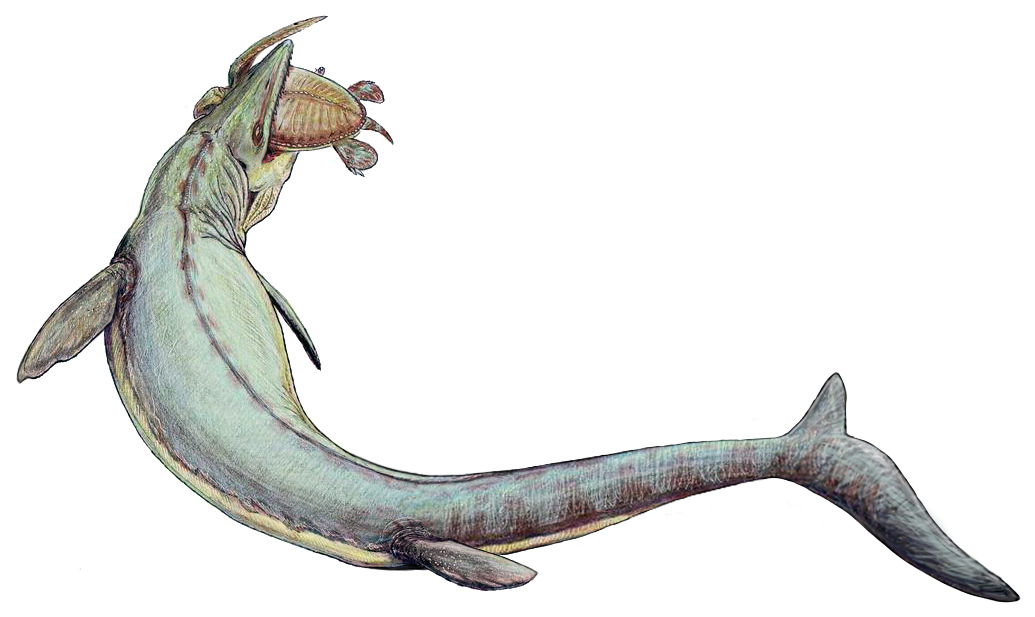
Scientists think mosasaurs were opportunistic predators, hunting and eating most anything they could catch based on the fossilized stomach contents found in some specimens, and most had ferocious jaws and teeth that would have made them effective hunters of everything from sea turtles and hard-shelled squid to smaller mosasaurs. Fauna likely preyed upon by the genus include bony fish, sharks, cephalopods, birds, and marine reptiles such as other mosasaurs and turtles.
Their teeth were perfectly designed for their predatory lifestyle. These conical teeth were durable, capable of crushing shell or digging into bone, and the teeth of many specimens were worn, suggesting they got plenty of use biting into hard prey. Unlike many modern marine predators that specialize in specific prey types, Mosasaurus could tackle almost anything in the ocean.
Interestingly, brain casts made from fossils of Mosasaurus show that the olfactory bulb and vomeronasal organ are poorly developed, indicating the species had a poor sense of smell, suggesting that olfaction was not particularly important and it is unlikely Mosasaurus was a scavenger. Instead, they likely relied on keen eyesight and powerful swimming abilities to hunt live prey.
Scientists Have Found Preserved Soft Tissue That’s Millions of Years Old
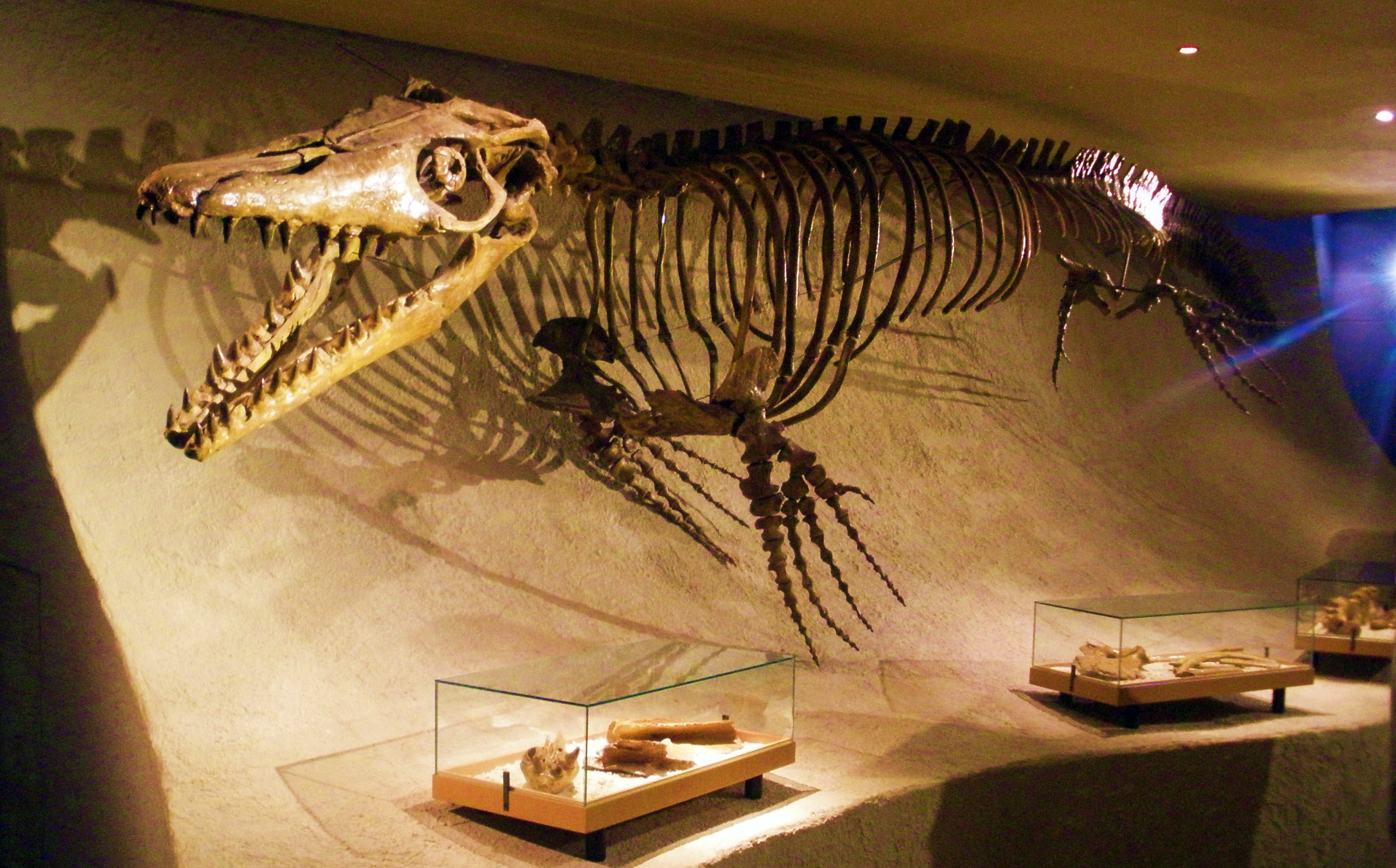
One of the most shocking discoveries about Mosasaurus involves the preservation of original soft tissues. Using state-of-the-art technology, scientists have been able to link proteinaceous molecules to bone matrix fibres isolated from a 70-million-year-old fossil – they have found genuine remains of an extinct animal entombed in stone.
Scientists were able to study not only bones, but remains of skin, an eye, and other internal organs from original soft tissues that were preserved, and they found dark red patches in the chest cavity and identified “hemoglobin decomposition products”. The discovery of blood-related compounds in fossils supposedly millions of years old has created significant scientific debate.
The team’s immunofluorescence procedures detected type I collagen, a hardy protein found in vertebrate connective tissue but not in bacteria, and they also employed infrared microscopy, which again clearly indicated intact protein inside the mosasaur bone. These findings challenge traditional understanding about how long organic materials can survive in the fossil record.
They Dominated Earth’s Oceans for Millions of Years Before Vanishing
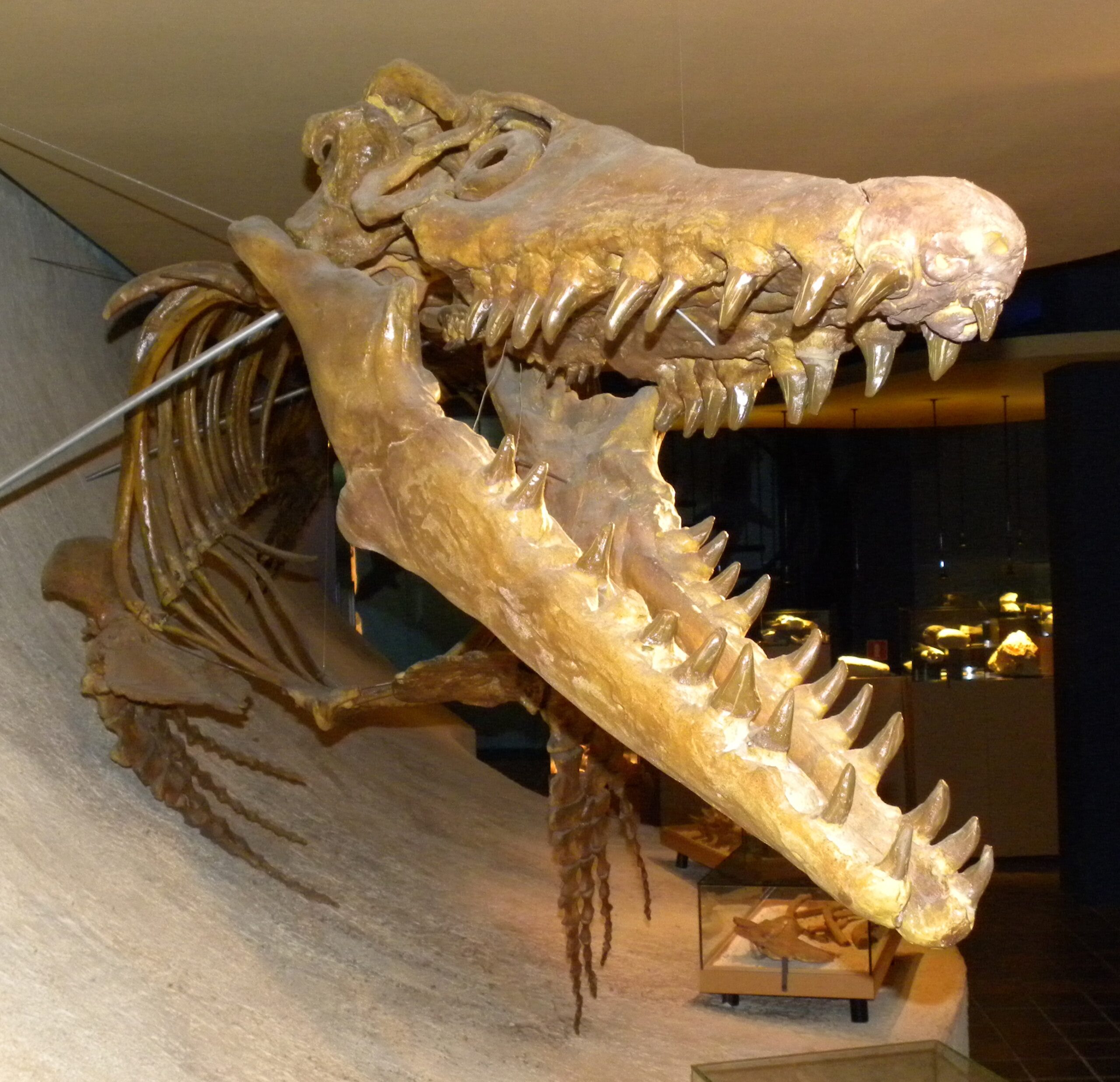
During the last 20 million years of the Cretaceous period with the extinction of the ichthyosaurs and pliosaurs, mosasaurids became the dominant marine predators, and they themselves became extinct as a result of the K-Pg event at the end of the Cretaceous period, about 66 million years ago. They were found off the coasts of every continent and dominated their marine habitats for about 30 million years.
During the Late Cretaceous, epicontinental seas were areas where very high ocean levels intermittently intruded inland, and these warm and shallow seas were ideal habitat for mosasaurs. The global sea levels during this period were much higher than today, creating vast shallow marine environments perfect for these massive predators to thrive.
Their fossil remains have been discovered on every continent, including Antarctica, showing just how successfully they spread throughout Earth’s ancient oceans. Paleontologists have found a treasure trove of mosasaur fossils in parts of Kansas and Alberta, Canada, that were underwater more than 80 million years ago. These widespread discoveries continue to reveal new insights about how these magnificent creatures lived and ruled the seas.
Conclusion
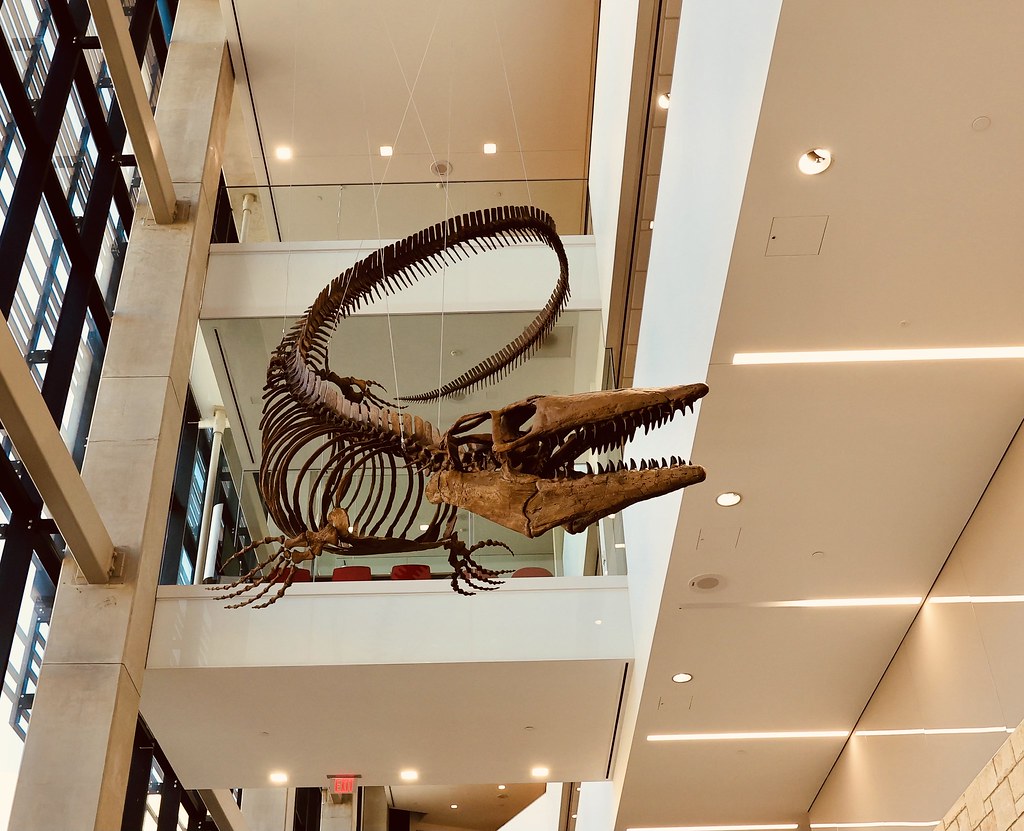
stands as one of prehistory’s most remarkable marine predators, combining massive size with sophisticated hunting abilities and evolutionary success that spanned millions of years. From their accidental discovery in an 18th-century Dutch quarry to modern findings of preserved soft tissue, these ancient ocean rulers continue to surprise and amaze researchers worldwide.
These incredible creatures remind us that our planet’s oceans once hosted predators far more formidable than anything alive today. What do you think about these ancient sea monsters? Tell us in the comments.

